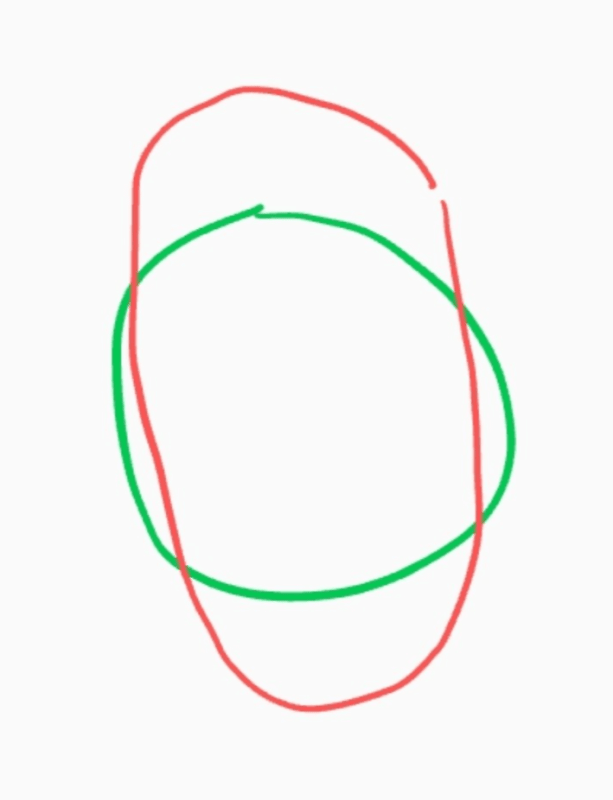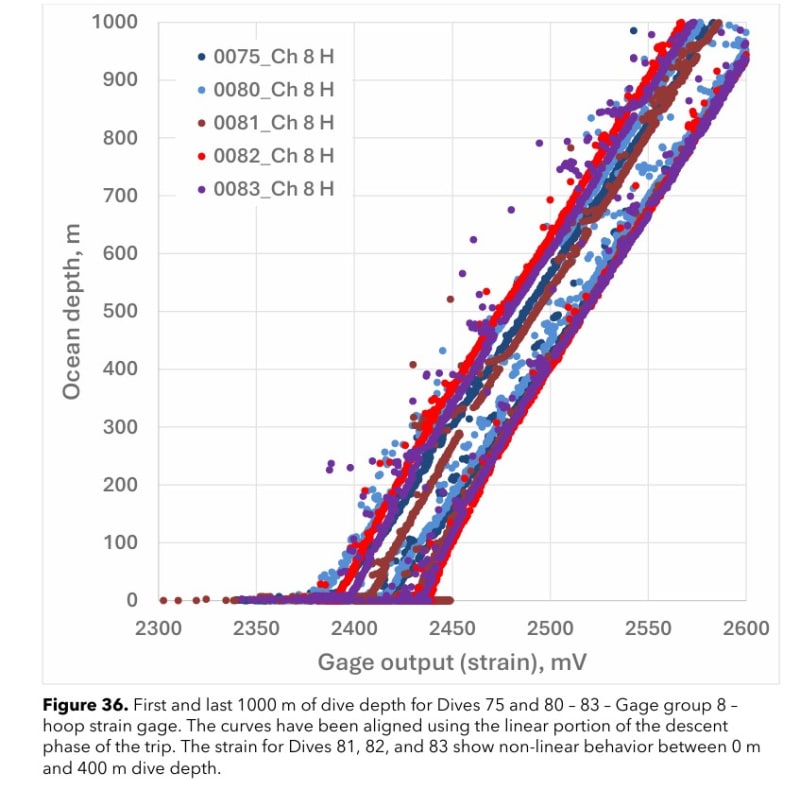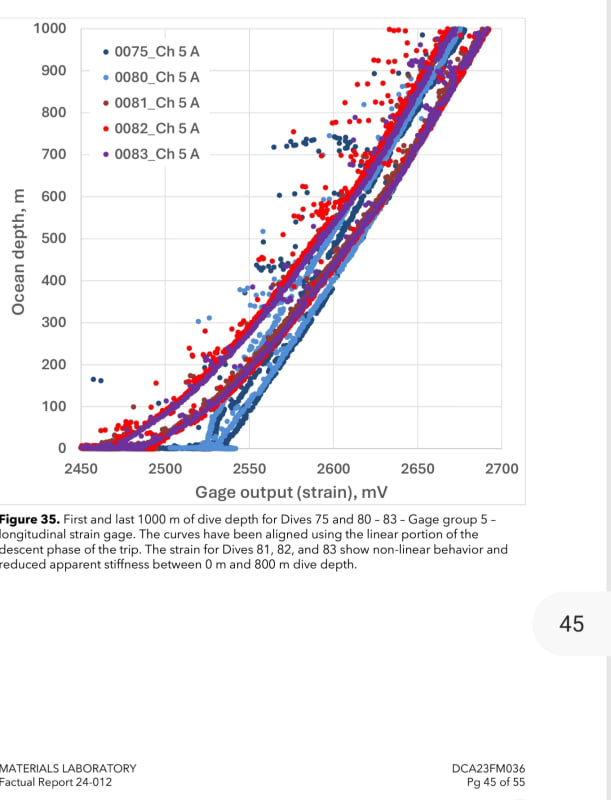pellucidar
Computer
- Mar 21, 2018
- 27
Brian Malone said:And they had changed hull manufacturer from Spencer Composites to either ElectroImpact or Janicki. Has the manufacturer been determined?
According to Factual Report 24-011, ElectoImpact[sic?] did the winding and Janicki did the curing.



